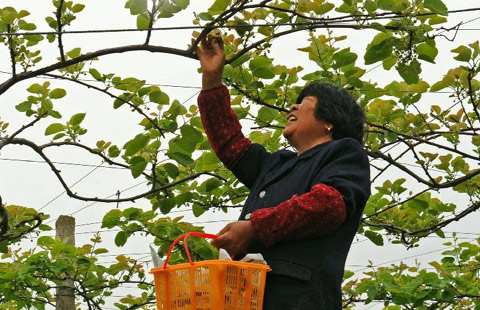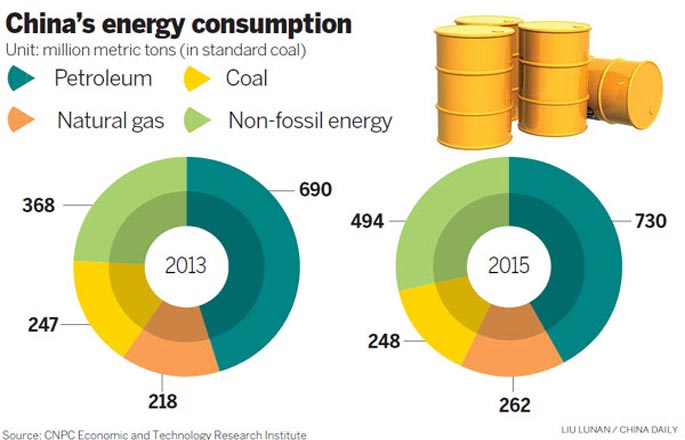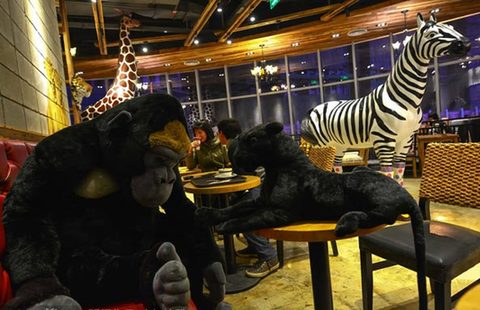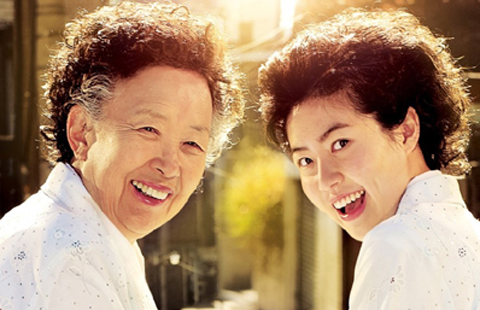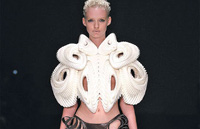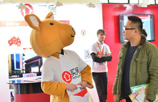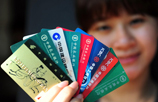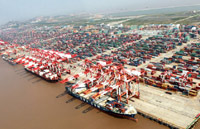Big companies muscle in on booming fitness sector
By Wang Zhuoqiong (China Daily) Updated: 2015-02-16 08:05The sector has also benefited from strong government support for the health and sports industry aimed at promoting better personal health.
China's ongoing battle with pollution has also encouraged more people to stay indoors to exercise, with many gyms installing air purifiers to lure consumers.
Cao Yan, chief executive officer of PowerHouse Gym, based in Tianjin, says the company opened three new sites last year, in Beijing, Tianjin and Kunming.
With more than 20 gyms, the chain claims to have full membership and further expansion is expected, says Yan, who is greatly encouraged by the fact that venture capitalists are also starting to realize the health market's potential.
As well as its gyms, PowerHouse offers its members personal training at home, managed by a booking system which is fully online.
Sportswear producers, too, have been keeping a close eye on the growing market.
Sabrina Cheung from Adidas AG says it has seen a rise in demand for sports apparel of all types, especially running gear, helped by a surge in the number of running events being organized.
In 2015 alone, there are more than 50 marathons planned by the national sports authorities in China, not to mention countless five-kilometer runs and fun runs. "This trend is really encouraging. We are excited to see more people get involved in sports. As a leading sports brand we want to foster a sports culture in China and encourage more people to participate in various sports activities," says Cheung.
As consumers across China become more passionate about sports, they are also increasingly looking for products which help maximize their performance, according to Cheung.
Adidas sold 1.1 million pairs of its Boost running shoes and trainers, for instance, last year and targets 2.9 million pairs this year. "In fact, the response to Boost has been so positive we've decided to roll out more Boost footwear in other categories too," she says.
The revival of the sports market has also been good news for China's domestic sports brands, some of whom have struggled over the past two years just to keep afloat.
First-half profits at Anta Sports Products Ltd, for instance, rose to 177 million yuan ($28.5 million) and Peak Sport Products Co Ltd has just revealed a 31 million yuan profit increase for the same period.
In the wake of the Beijing Olympics, some high-profile domestic sports brands first saw a surge in sales, with 2008 revenues at both Anta and Li-Ning Co Ltd, the two largest manufacturers, gaining more than 50 percent.
The results encouraged Li-Ning, Anta and smaller rivals Peak and 361 Degrees International Ltd to open a total of more than 9,000 stores across the country between 2008 and 2011-an average of eight per day.
But over-expansion and poor branding soon ate into their margins, and in 2012, the industry entered a slump period. Some listed brands suffered from sharp declines and their whole year net profits dropped, with Li-Ning reporting a net loss of 2 billion yuan.
- Alipay launches new service to counter WeChat block
- China sees volatile capital flows in 2015
- Flip-flop man treads new path by identifying market needs in Africa
- VW: Huge funding in the future in China
- China plans tourism zone with Russia, DPRK
- Adopting a patient approach in anti-corruption will pay dividends
- Hurdles have to be removed for China's food security
- Airports take off as commercial hubs

